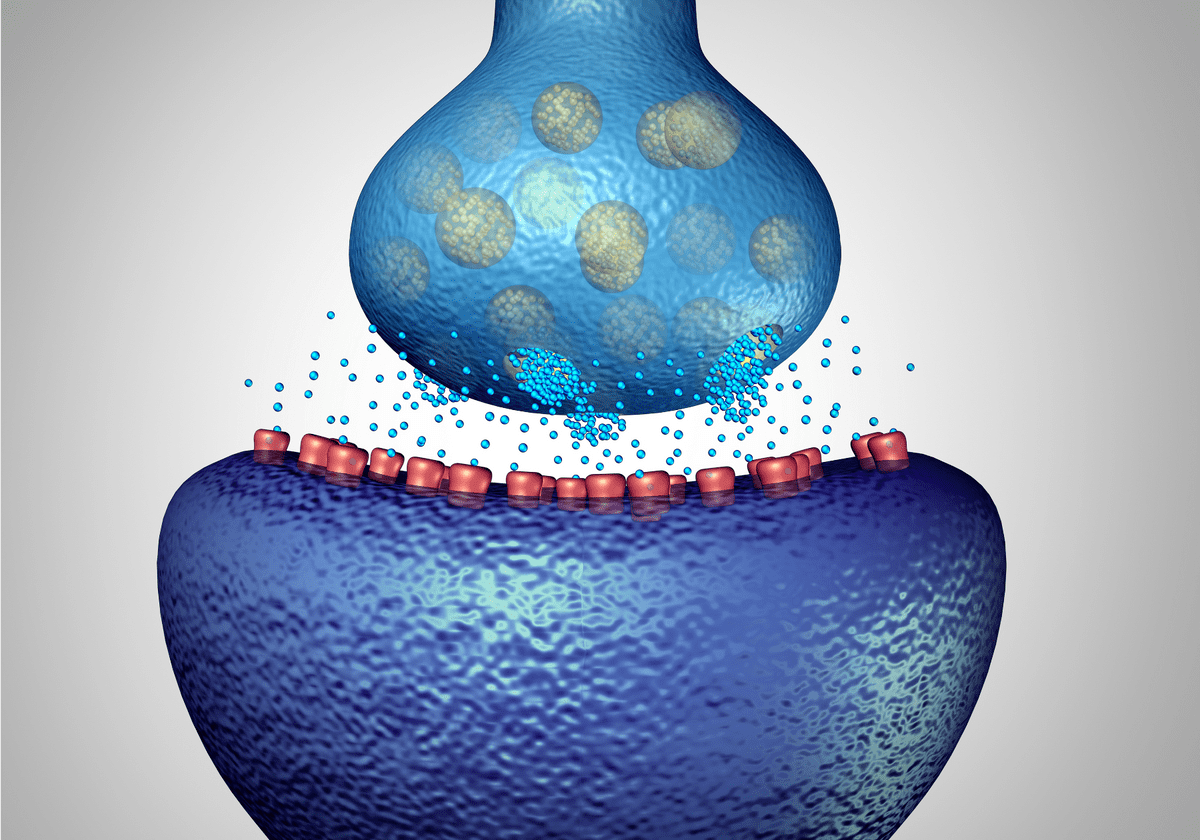Introduction
Within the intricate landscape of anesthesia pharmacology, a central player emerges—gamma-aminobutyric acid (GABA). GABA, a neurotransmitter, and its receptors stand as pivotal elements orchestrating the balance between sedation, unconsciousness, and analgesia. In this article, we delve into the crucial role of GABA receptors, categorizing them into their distinct types and parts, within the realm of anesthesia pharmacology.
Types and Parts of GABA Receptors
GABA receptors are categorized into two primary types, each with its own unique contributions to anesthesia pharmacology.
Part 1: GABAA Receptors
Structure: GABAA receptors are complex ligand-gated ion channels belonging to the “Cys-loop” superfamily. They are composed of subunits arranged in various configurations, lending diversity to their functionality.
Mechanism: Enhancing GABA Signaling
- Enhanced Sensitivity to GABA: Anesthesia drugs primarily bolster GABAA receptor sensitivity to GABA, intensifying the inhibitory effect on neurons. This mechanism underpins sedation, amnesia, and unconsciousness.
- Direct Activation: At higher drug concentrations, certain agents directly activate GABAA receptors, inducing profound sedation and hypnotic states.
Several commonly used anesthesia medications target GABAA receptors, each with its distinct subtype specificity:
- Benzodiazepines (e.g., midazolam, diazepam): Interact with GABAA receptors between α and γ subunits, enhancing GABA effects. This results in sedation, anxiolysis, and amnesia.
- Propofol: Primarily acts on GABAA receptors, particularly those associated with β subunits. It amplifies GABA signaling and directly activates receptors, leading to rapid and profound sedation.
- Etomidate: Targets GABAA receptors, with its actions attributed to β subunits. Known for rapid onset and minimal cardiovascular effects, it is favored for anesthesia induction.
- Barbiturates (e.g., thiopental): Enhance GABA signaling and have been employed for anesthesia induction. They induce sedation and unconsciousness but have declined in usage due to potential side effects.
Part 2: GABAB Receptors
Structure: GABAB receptors are G-protein-coupled receptors (GPCRs) with two subunits, GABAB1 and GABAB2. They play a different role in anesthesia pharmacology compared to GABAA receptors.
Mechanism: Modulating Presynaptic Release
- Inhibition of Neurotransmitter Release: GABAB receptors primarily modulate neurotransmitter release by inhibiting calcium channels in presynaptic neurons. This action reduces excitatory neurotransmitter release, contributing to sedation and analgesia.
Clinical Relevance of GABAB Receptors
Although GABAB receptors are not the primary target of most anesthesia medications, they indirectly influence neuronal excitability and neurotransmitter release, adding complexity to anesthesia pharmacology.
Conclusion
In the intricate tapestry of anesthesia pharmacology, GABA receptors take center stage, offering a nuanced understanding of sedation, amnesia, and unconsciousness. Categorized into GABAA and GABAB receptors, each with its unique structure and mechanism, they serve as the linchpin ensuring the orchestration of anesthesia effects.

